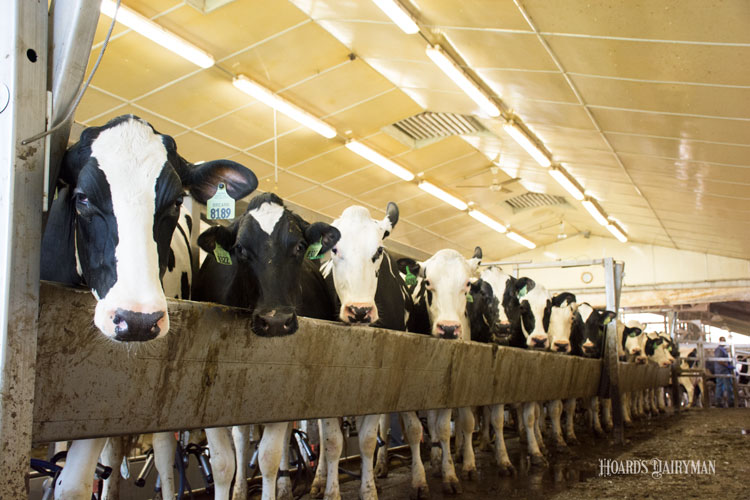
As markets and the dairy industry as a whole continues to change, many dairy producers have investigated value-added processing as an opportunity for their operations. During the May 19 Hoard’s Dairyman DairyLivestream, the University of Wisconsin-Madison’s Mark Stephenson shared three discussion points he recommends deliberating early in the investigation period for those considering going the value-added route.
Stephenson’s first question to anyone that approaches him about adding a value-added business is simple. Why?
“If someone just tells me that they’re having a hard time making ends meet milking cows and are looking to capture some of those upstream profits, I tend to think that’s not a very good reason,” he explained. “You need to be successful at milking cows first, and then give me a better reason for doing something else.
“An excellent reason may be that a farmer has a son or daughter or someone else who is coming back to the farm, and they’re looking to have the income for another family,” he continued. “Another reason might include being landlocked and unable to expand their cows so they’re thinking about how they can generate more income from that land base. That’s really legitimate.”
Stephenson’s second discussion point revolves around the business plan.
“What products are they interested in and what is the farmer passionate about personally? Go about it step by step,” he said.
In the case of value-added dairy production, Stephenson reminded listeners that there can be a lot of overhead costs. Further, there are many considerations regarding what’s needed to make it work.
The final area of discussion suggested by Stephenson was marketing.
“Are you going to try to sell this through distributors? Are you going to do it at the local farmers market? Are you going to try to have farmstead creamery sales? Just exactly what does that look like?” the experienced economist challenged listeners to consider.
For Stephenson, the location of the farm is essential to this discussion. Certain value-added operations lend themselves to bigger population centers or vicinity to major highways.
“The plans have to be well thought through, carefully implemented, and there are resources. Don’t try to do it on your own,” Stephenson concluded.
To watch the recording of the May 19 DairyLivestream, go to the link above. The program archive is also now available as an audio-only podcast. Click here to listen or download.
An ongoing series of events
The next broadcast of DairyLivestream will be on Wednesday, June 2 at 11 a.m. CDT. Each episode is designed for panelists to answer over 30 minutes of audience questions. If you haven’t joined a DairyLivestream broadcast yet, register here. Registering once registers you for all future events.








